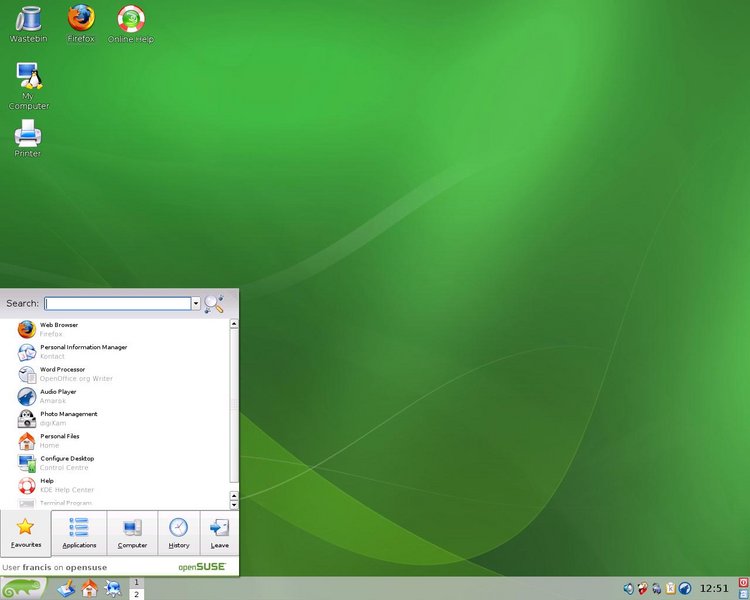GNOME vs KDE - Difference and Comparison. Development Priorities. Composed entirely of free and open- source software, GNOME focused from its inception on freedom, accessibility, internationalization and localization, developer friendliness, organization, and support.
It is supported by a large development community that generally aim for six- month release schedules. These goals make it one of the most aesthetically pleasing, consistent, and integrated Linux environments with a high capacity for user customization. The overview allows for quick access to and switching between open windows and applications.
GNOME strives to utilize as few system resources as possible and offers a simple- to- use interface that may be more friendly to novice Linux users. Its focus on presentation provides one of the most aesthetically pleasing desktop environments available, with menus set up very similar to Windows and a wide variety of configuration options built in. Adobe Premiere Pro Cs4 Avchd Playback Problems Itunes here. The added customizability and Swiss- Army- knife approach also renders KDE a bit more resource- intensive than GNOME, which should be a noteworthy consideration for underpowered workstations. Its initial color scheme favors blue and grey. The key difference lies in the tendency of GNOME to bury customization options under several layers of interface lists under the System Settings control panel, a design choice meant to streamline the basic user experience. On the other hand, KDE provides upfront shortcuts to many configuration options, and allows for fine tweaking the size of panels and removing or reorganizing preset applets. I Forgot My Excel 2007 Sheet Protection Password Manager here.
- To install KDE Desktop, type this. On my Centos6.3 VM (Windows on host) I had GNOME, and I wanted to use KDE.
- Installing Cygwin/X. Cygwin has a nice setup program that downloads and installs the necessary Cygwin packages for you. Open the Cygwin, http:// page in.
Pressing the Windows/Super key brings up a search bar that allows the user to type in the name of the desired application or file. For example, GNOME no longer offers users a true “minimize” option for open panels – something that Windows- acclimated users will likely miss – while KDE does.
KDE utilizes a dual release schedule that differentiates between major and minor releases; major releases generally take around 5 months from announcement to release, while minor ones take roughly 2 months. Defaults matter and for Ubuntu, arguably the most popular Linux distribution for desktops, the default is Unity and GNOME. Kubuntu is a distribution derived from Ubuntu but one that uses KDE instead of Unity as default. While KDE is one of them; GNOME is not. However, Linux Mint is available in versions where the default desktop is MATE (a fork of GNOME 2) or Cinnamon (a fork of GNOME 3).
GNOME vs KDE comparison. GNOME, KDE and Xfce are the most popular desktop environments for Linux. Most people end up using the default desktop environment that ships.

Well- known distributions shipping both GNOME and KDE include Mint, Debian, Free. BSD, Mageia, Fedora, PCLinux.